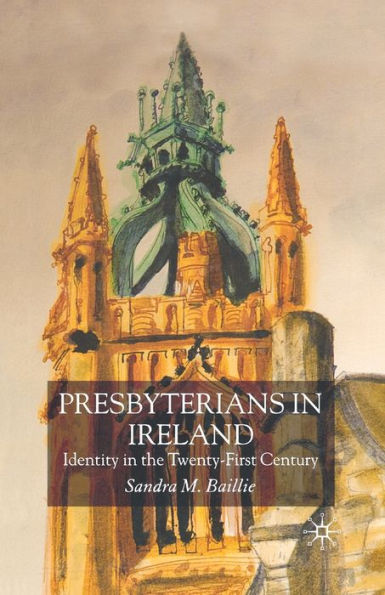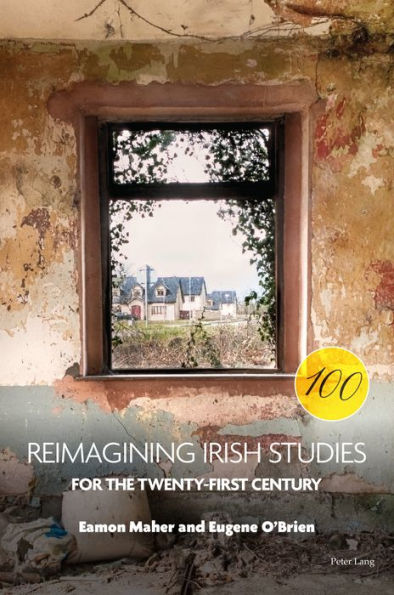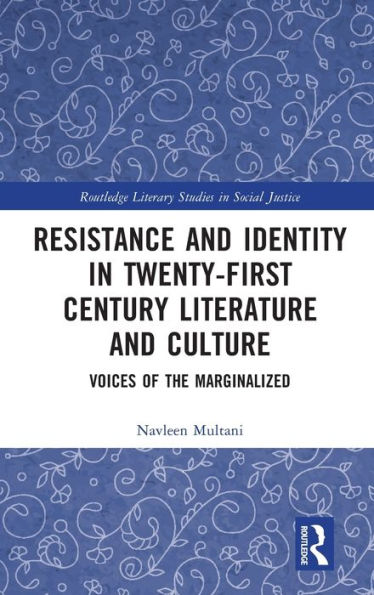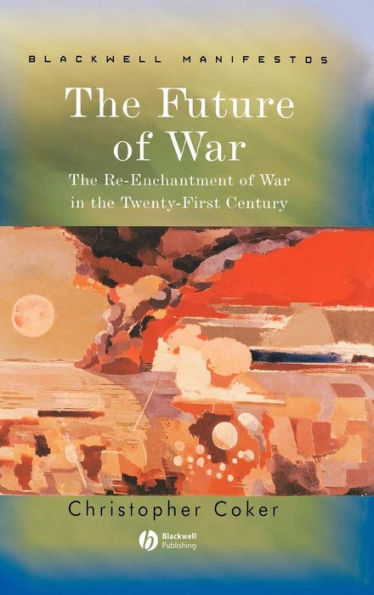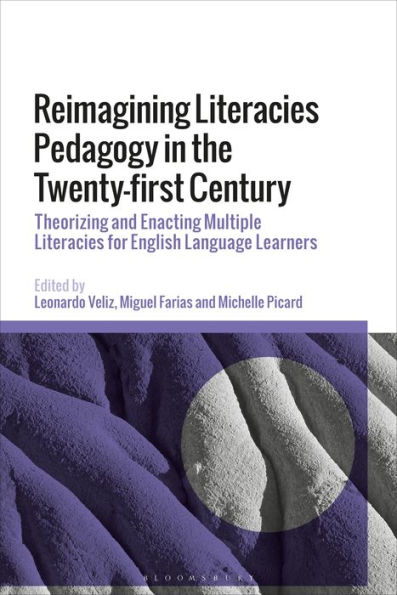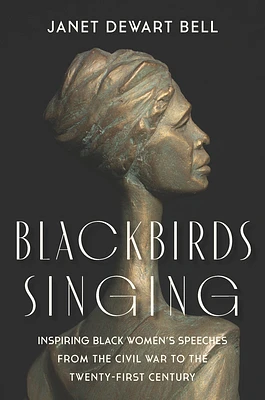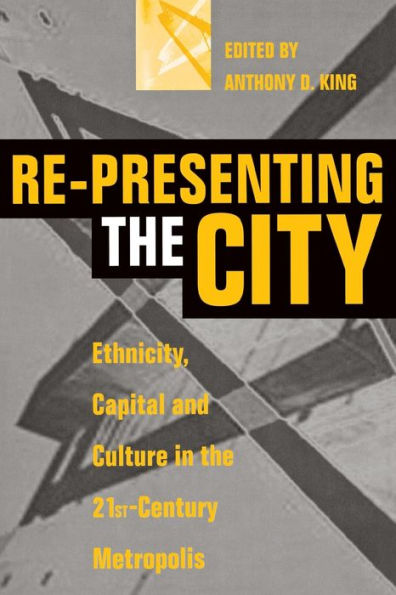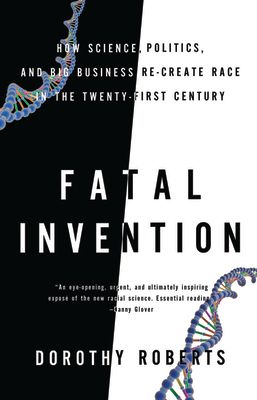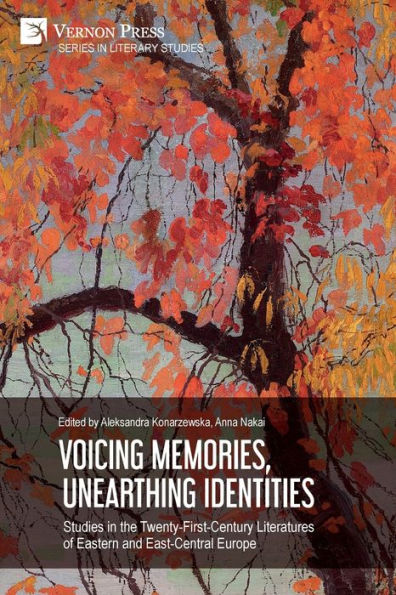Home
Building Community Choirs the Twenty-First Century: Re-imagining Identity through Singing Northern Ireland
Loading Inventory...
Barnes and Noble
Building Community Choirs the Twenty-First Century: Re-imagining Identity through Singing Northern Ireland
Current price: $79.95
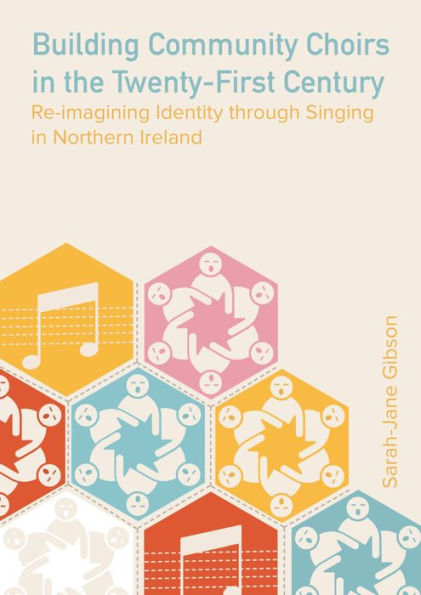

Barnes and Noble
Building Community Choirs the Twenty-First Century: Re-imagining Identity through Singing Northern Ireland
Current price: $79.95
Loading Inventory...
Size: Hardcover
*Product Information may vary - to confirm product availability, pricing, and additional information please contact Barnes and Noble
An examination of how community choirs in Northern Ireland are attempting to transcend sectarian boundaries.
Building Community Choirs
explores the under-researched practice of community choral singing in Northern Ireland. Sarah-Jane Gibson conducted ethnographic research with five choirs in various locations over the course of five years and illustrates how choirs reimagine identity through the ways they organize, rehearse, and perform. By actively rethinking conceptions of identities within their groups, Gibson’s study shows how gender, age, religious faith, and ethnic diversity can both influence structures of community in the region and be influenced by them.
Building Community Choirs
explores the under-researched practice of community choral singing in Northern Ireland. Sarah-Jane Gibson conducted ethnographic research with five choirs in various locations over the course of five years and illustrates how choirs reimagine identity through the ways they organize, rehearse, and perform. By actively rethinking conceptions of identities within their groups, Gibson’s study shows how gender, age, religious faith, and ethnic diversity can both influence structures of community in the region and be influenced by them.
